Imagine a world where nothing gets thrown away—where everything old can be turned into something new. This isn’t a fantasy; it’s the heart of the circular economy. It’s a smart way of saving our planet by making the most of what we already have. Today, we’re peeling back the layers of this incredible idea to see how it can make our world a better place.
The Building Blocks of a Circular Economy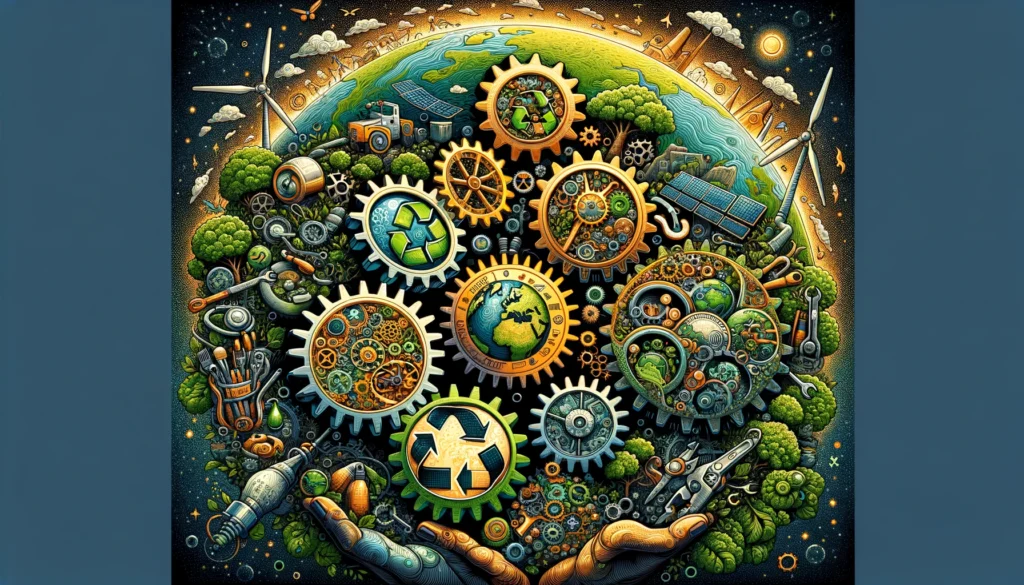
What’s the big idea? The circular economy is all about keeping things useful for as long as possible. Instead of making, using, and tossing stuff away, we find ways to reuse, share, fix, and recycle everything from your sneakers to your smartphone.
- Eliminate waste and pollution: Everything starts with making things right. Imagine designing products so they can easily be fixed or made into something new again, instead of ending up in the trash.
- Circulate products and materials: It’s like a never-ending game of hot potato, but with products. Instead of buying something and throwing it away when you’re done, we keep using it—repairing, sharing, or recycling—so it never becomes a waste.
- Regenerate nature: This means making sure that, while we use the earth’s gifts, we also help it flourish. Like making sure the waste from your coffee pods helps grow new plants.
How It Changes the Game
Switching to a circular economy can do wonders. It can create jobs, because fixing and recycling stuff needs hands-on work. It can save money, as we get smarter about using what we already have. And it’s good news for the planet, helping cut down on the stuff we take from it and the waste we leave behind.
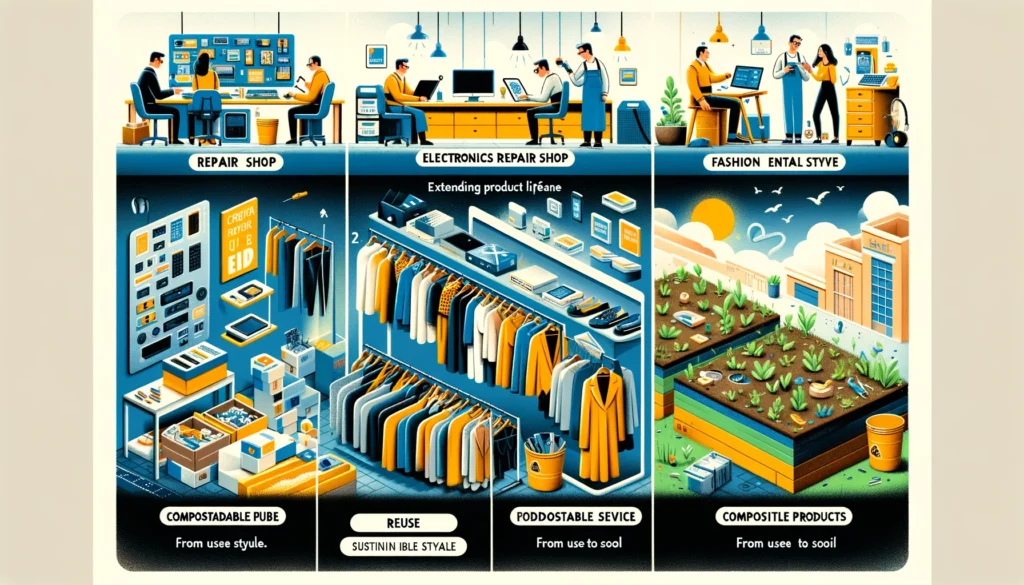 New Ways of Doing Business
New Ways of Doing Business
Here’s where things get interesting. Companies are coming up with cool ways to fit into the circular economy:
- Product-as-a-service: Think of it as borrowing instead of buying. Like renting a fancy dress for a wedding instead of buying one you’ll only wear once.
- Long-life products: These are items made to last and be fixed, not tossed out. Like a coffee maker that can be easily repaired instead of replaced.
Businesses big and small are getting on board, finding that going circular is not just good for the earth—it’s good for business.
The Ups and Downs
Sure, changing the way the world works sounds tough. There are challenges, like figuring out the tech to make it happen or getting everyone on board with new ways of buying and using things. But think of the perks—less waste, more savings, and a happier planet.
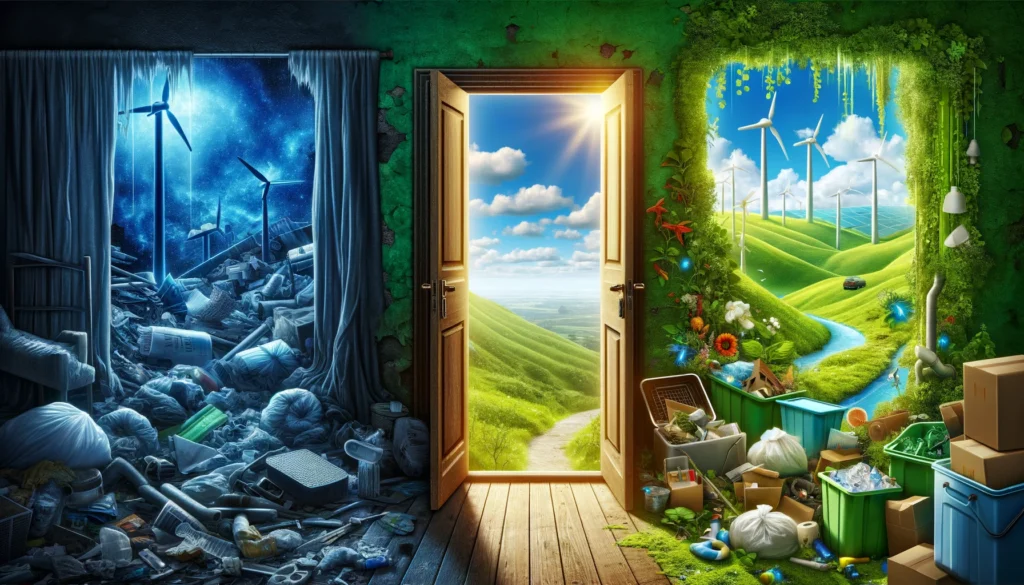 Wrapping Up Part 1
Wrapping Up Part 1
So, we’ve started to uncover the magic of the circular economy. It’s a powerful idea that could help us take better care of our world and ourselves. As we close this chapter, remember: that the circular economy isn’t just about recycling. It’s about reimagining how we live, work, and play for a sustainable future.
Stay tuned for Part 2, where we’ll dive into the nitty-gritty of how policies, businesses, and each of us can make the circular economy a reality. It’s going to be an exciting ride, and we’re just getting started. Together, let’s explore how we can turn the dream of a circular world into everyday reality.
Author’s Note:
Thanks for diving into the circular economy with me! I hope this piece has opened your eyes to the beauty and potential of a world where everything gets a second chance. Remember, each small step we take towards embracing circular practices makes a big difference. Let’s continue this dialogue and strive together for a future that embraces sustainability. Stay tuned for more insights and tips on how we can all contribute to this exciting shift. Your thoughts, actions, and voice matter. Together, we’re not just dreaming of a better world; we’re creating it. See you in the next part!
G.C., Ecosociosphere contributor.
References:
- Circular economy introduction – By Ellen Macarthur Foundation
- What is a Circular Economy? – By EP
- What is circular economy and why does it matter? – By Climate Promise

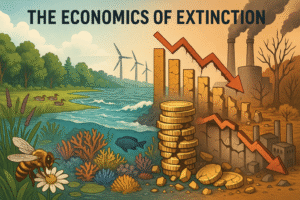

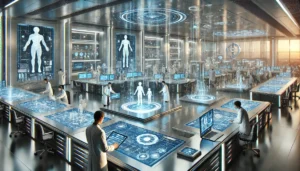
Comments
Can you be more specific about the content of your article? After reading it, I still have some doubts. Hope you can help me.
Thank you for your sharing. I am worried that I lack creative ideas. It is your article that makes me full of hope. Thank you. But, I have a question, can you help me?
I don’t think the title of your article matches the content lol. Just kidding, mainly because I had some doubts after reading the article.